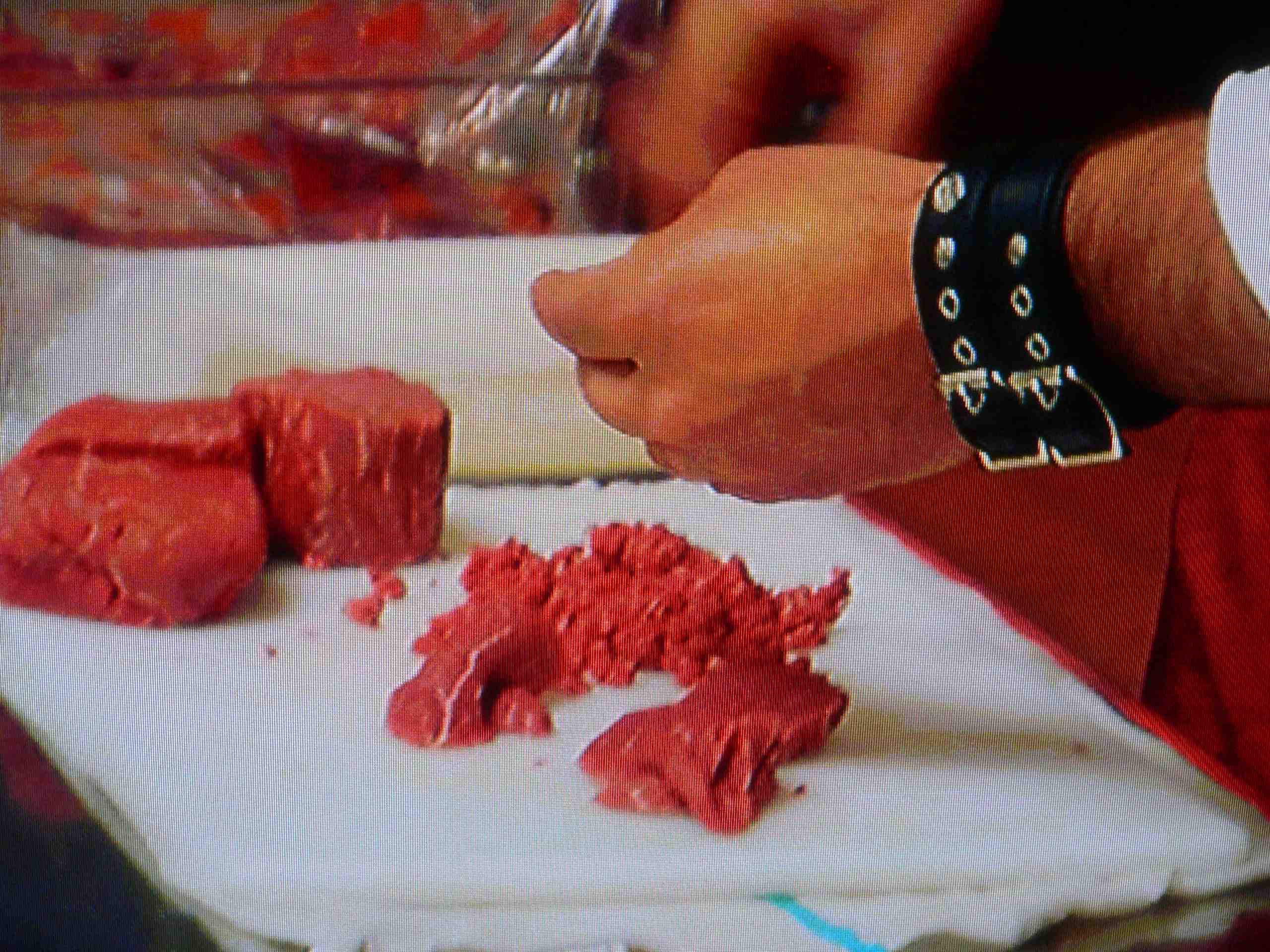My friend Scott Weese wrote this up in his Worms and Germs Blog so I don’t have to.
 ˙(I still miss Sadie, who we had to relo˙cate before we moved to Australia).
˙(I still miss Sadie, who we had to relo˙cate before we moved to Australia).
A recent report from the Netherlands in Emerging Infectious Diseases (van Dijk et al 2018) describes a new twist on raw feeding concerns, Brucella suis infection. For the full details, you can read the whole paper here, but the short version of the story is outlined below.
The dog had fever, ascites (fluid free in the abdomen) and inflammation of the testicles, and after failing to respond to antibiotics, it was taken to surgery. At surgery, culture samples were collected from the epididymis (tissue adjacent to the testicle). Brucella suis was identified, which presumably caused a bit stir in the lab and clinic since that bacterium is a rarely identified, poses risks to people and is notifiable (the government has to be contacted when it’s found). Ultimately, the dog was euthanized after failing to respond to further treatment.
Because this is a notifiable disease, there was an investigation. The dog’s raw, rabbit-based diet became the leading potential source and Brucella suis was identified in samples from a 30,000 kg batch of raw rabbit imported from Argentina, a country where B. suis is present.
It’s a single case report so we can’t get too worked up about it, but it’s noteworthy for a couple reasons.
One is the disease…brucellosis is a nasty disease. It can be hard to treat, is potentially zoonotic and sometimes results in public health-mandated euthanasia of the dog.
Another is the importation aspect. The dog wasn’t imported but the bacterium was, via food. We’re trying to get increasing awareness of the need to query travel and importation history, since that can impact disease risks. Querying diet origins is tougher, since, while most people would know where their dog has been in the past few weeks, they may not know much about where their dog’s diet has been. With commercial processed food, it’s not a big deal but with a higher risk food like raw meat, importing food can be similar to the dog visiting the country of origin, from a disease standpoint. With raw meat, knowing where the meat came from and the disease risks in those areas may be important, but that’s not often easy to find.
The incidence of disease in dogs and cats associated with raw meat feeding ins’t clear and is probably low. Nevertheless, I recommend avoiding raw meat feeding, especially in high risk households (e.g. with elderly individuals, kids <5 yrs of age, pregnant women or immunocompromised individuals). However, if raw meat is to be fed, some basic practices can be taken to reduce the risk, as we outline in the info sheet in our Resources section.








.jpg) around, such as Dickson’s Farmstand and Pat LaFrieda.
around, such as Dickson’s Farmstand and Pat LaFrieda. warm it up (which did nothing to the inside of the tartare). Another judge said, serving raw meat is a really bad idea.
warm it up (which did nothing to the inside of the tartare). Another judge said, serving raw meat is a really bad idea. covers her body.
covers her body.